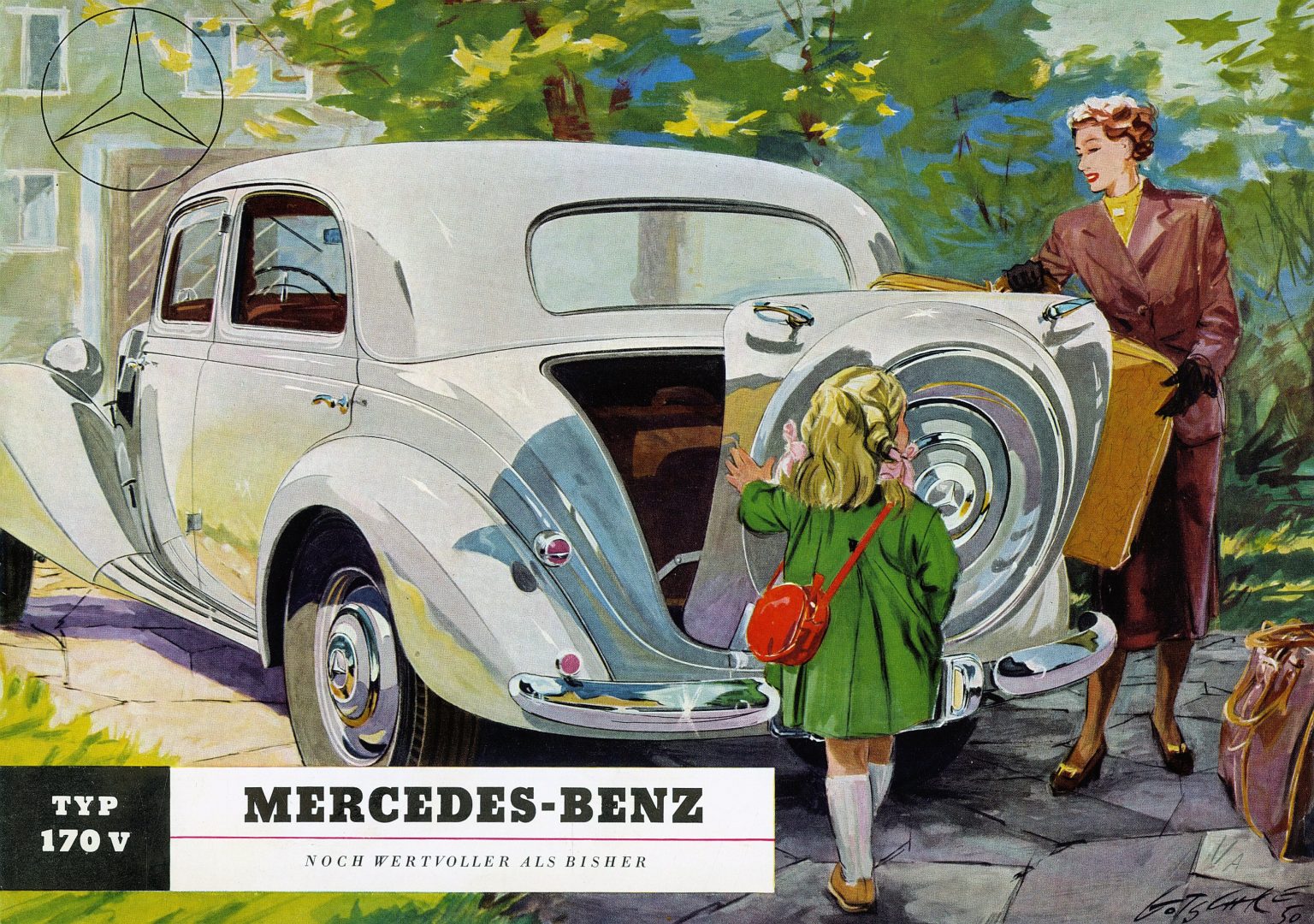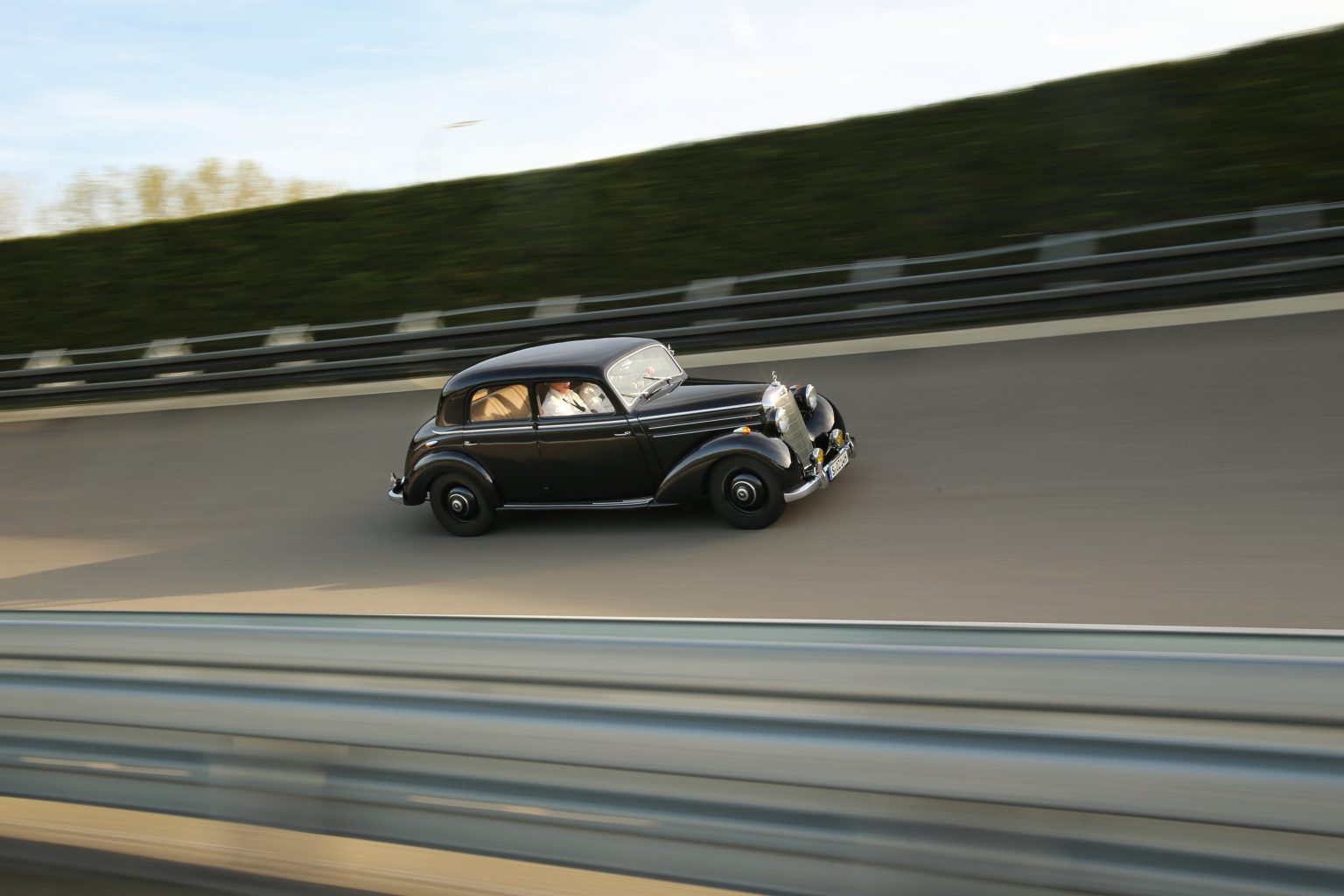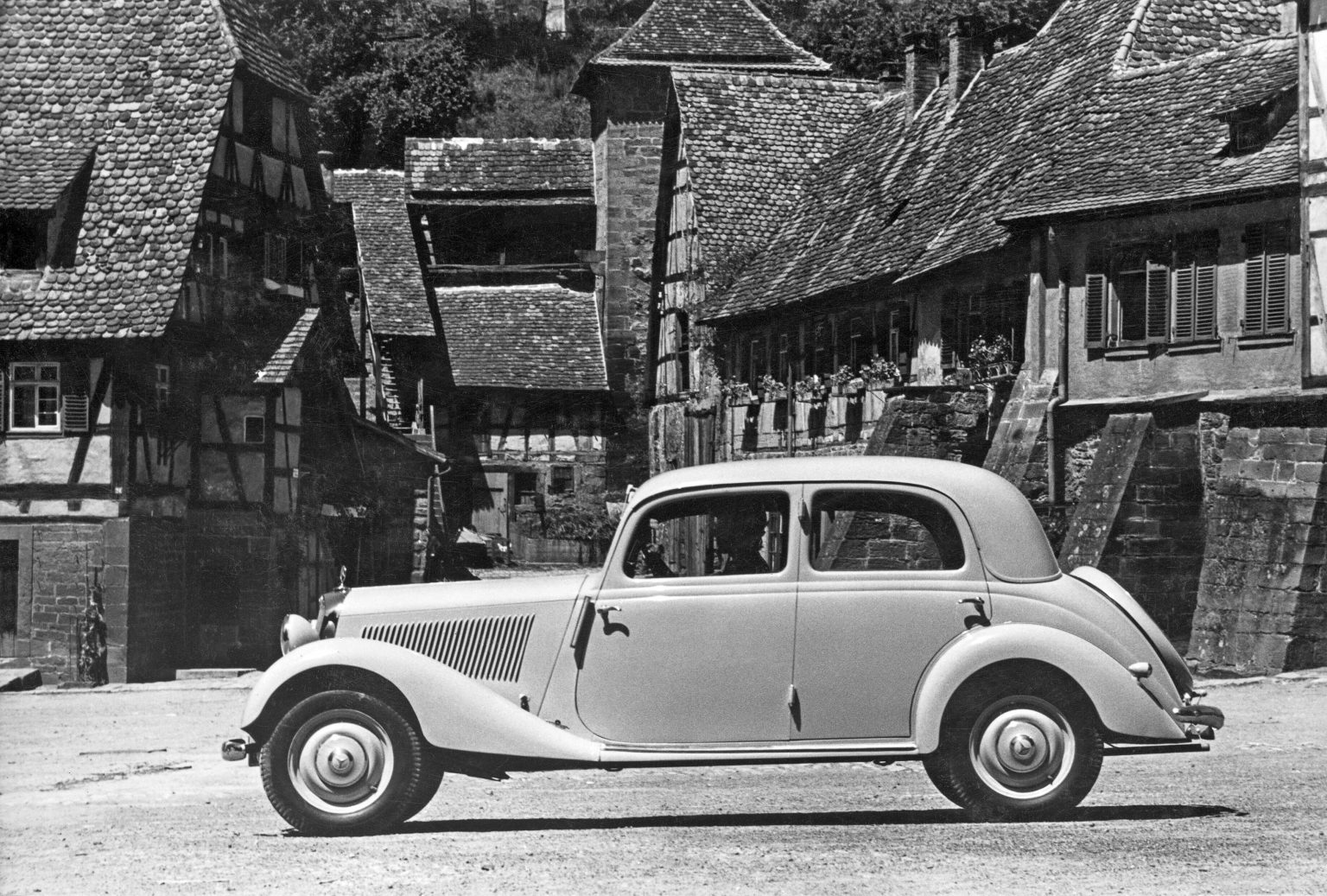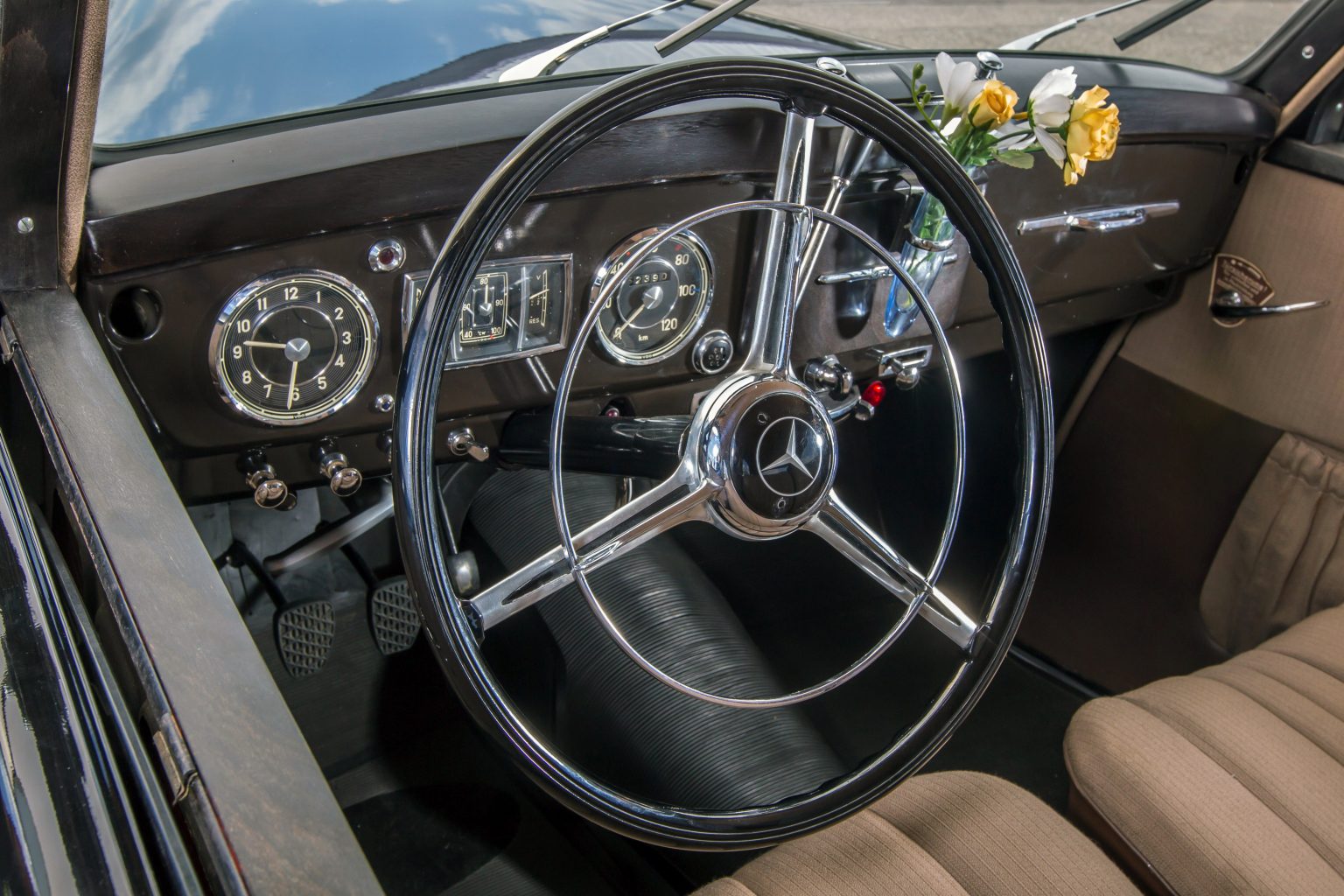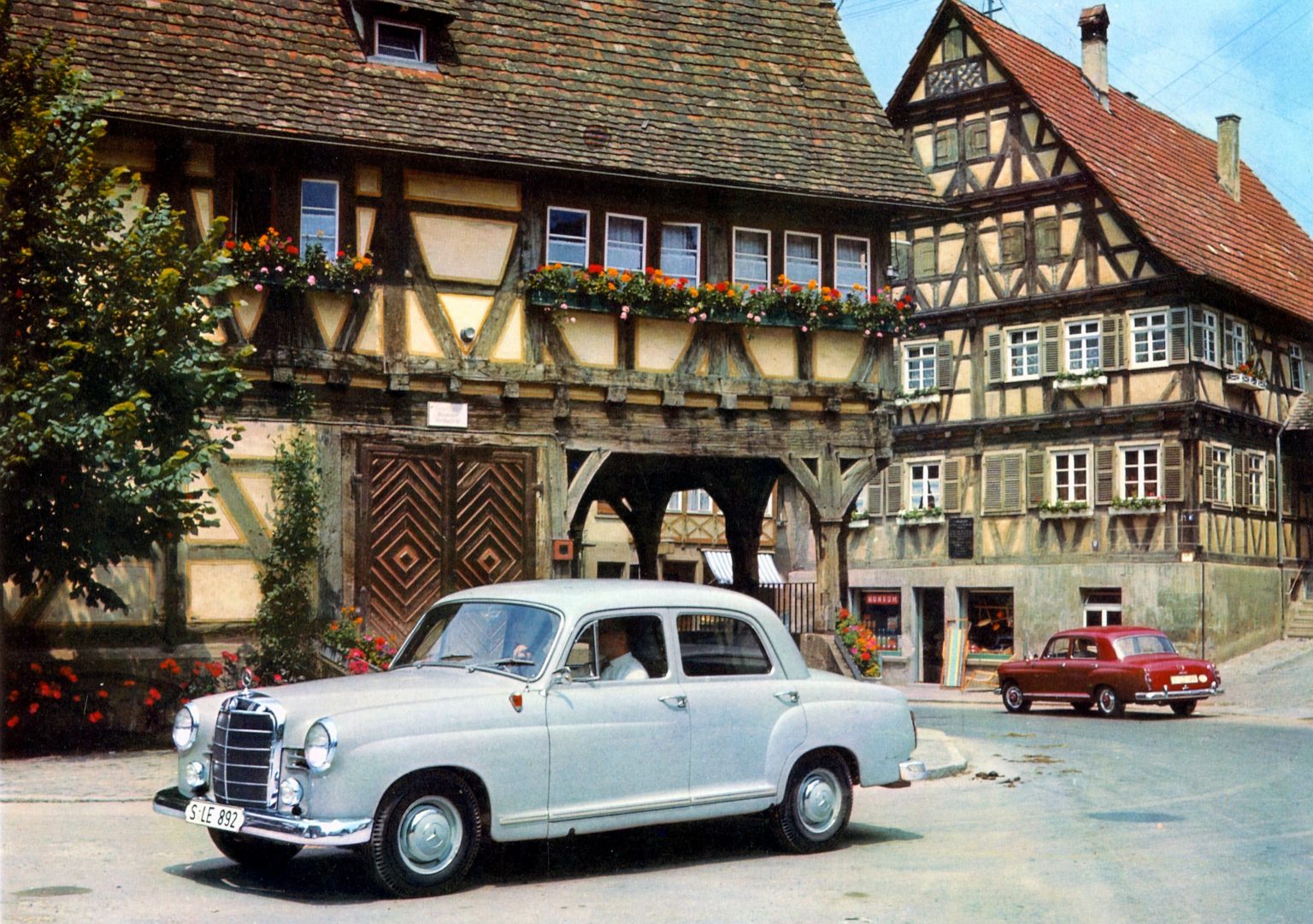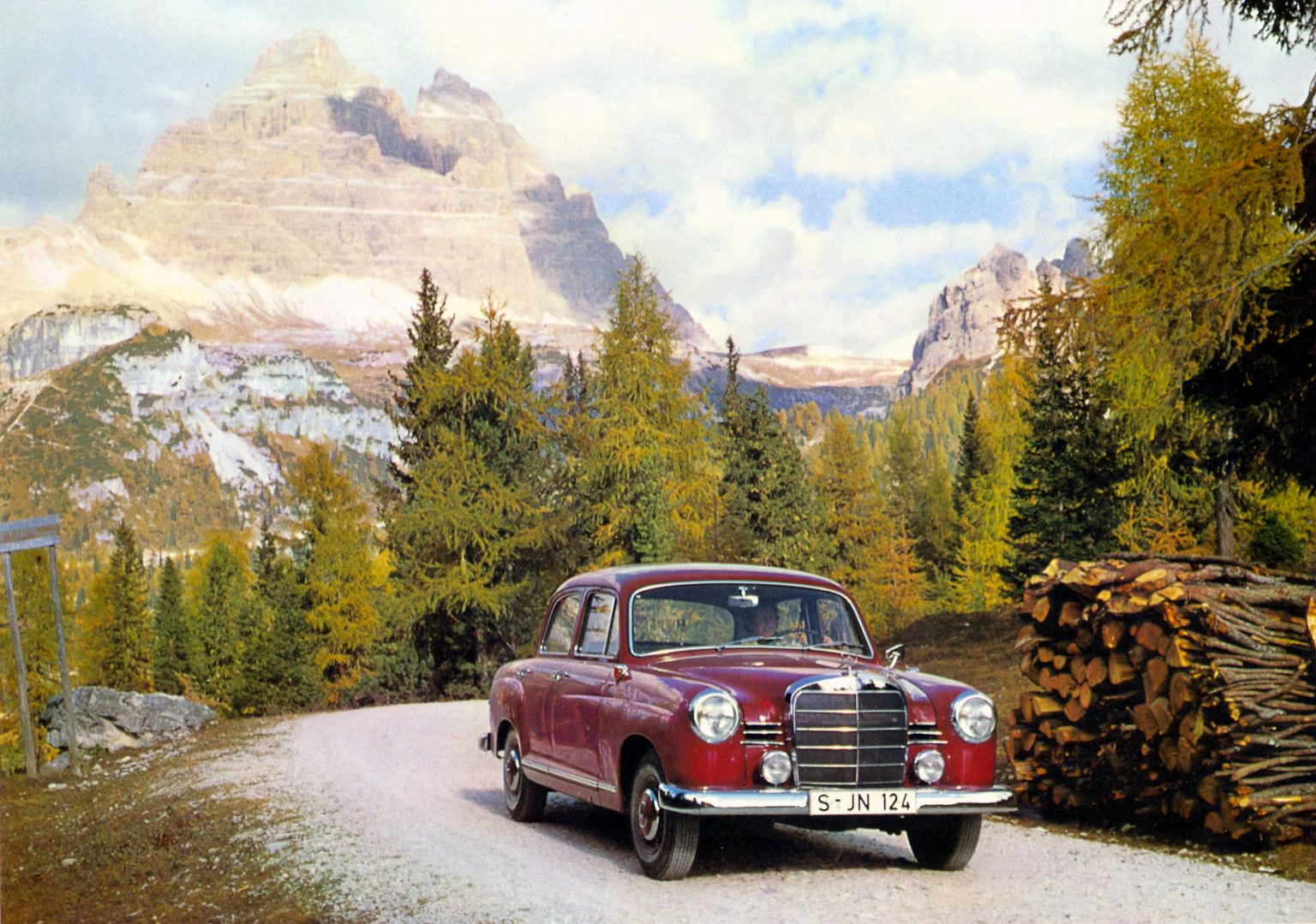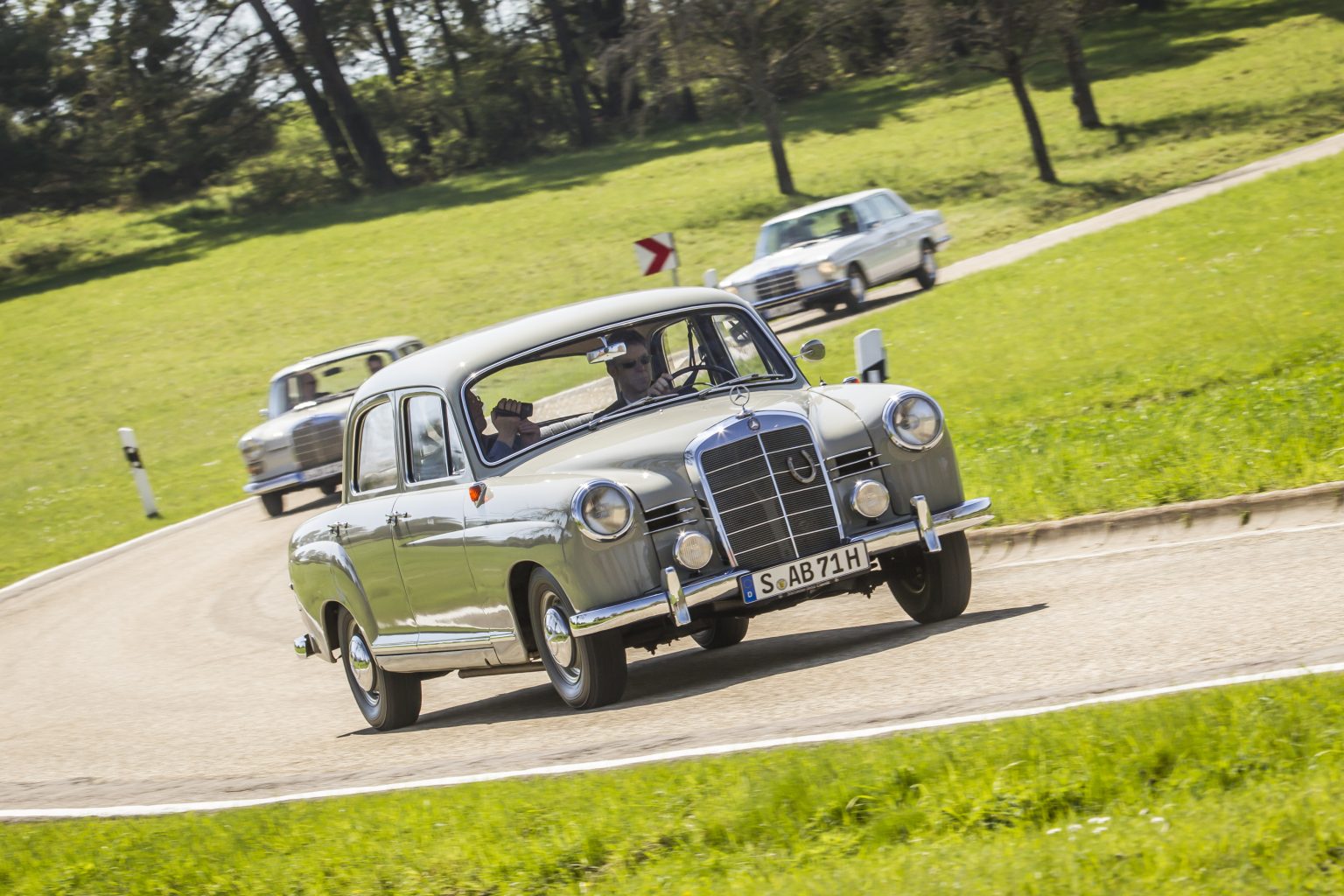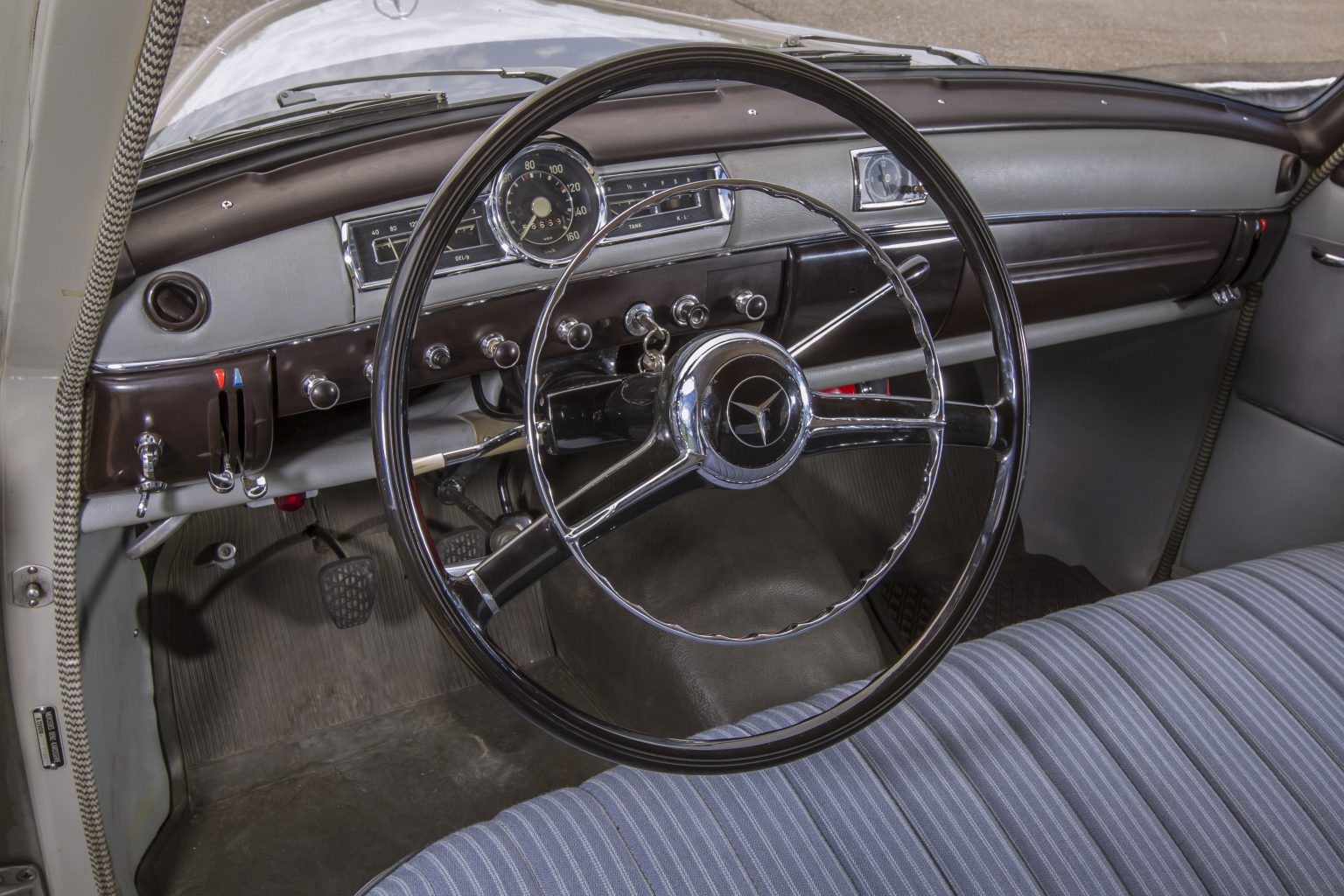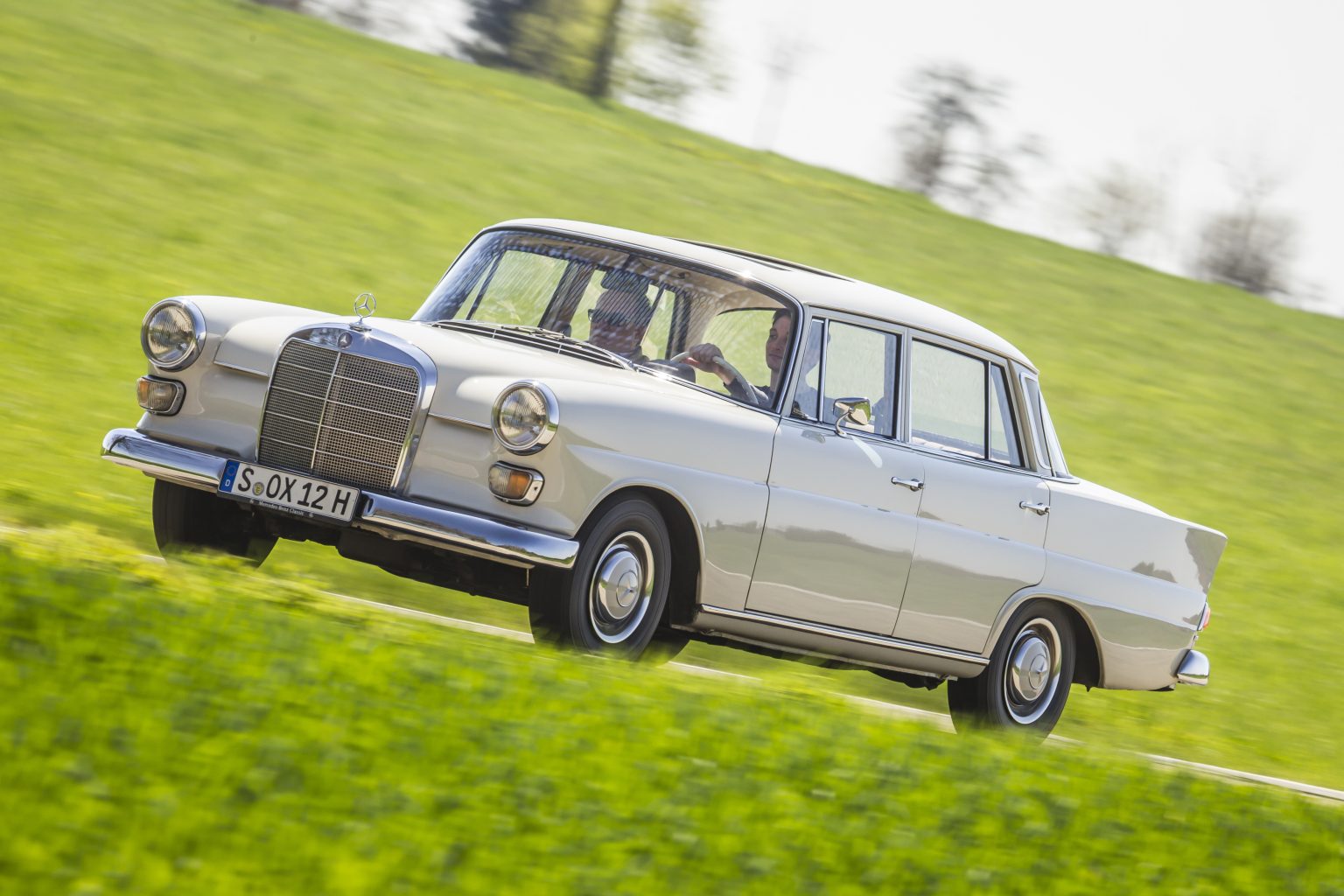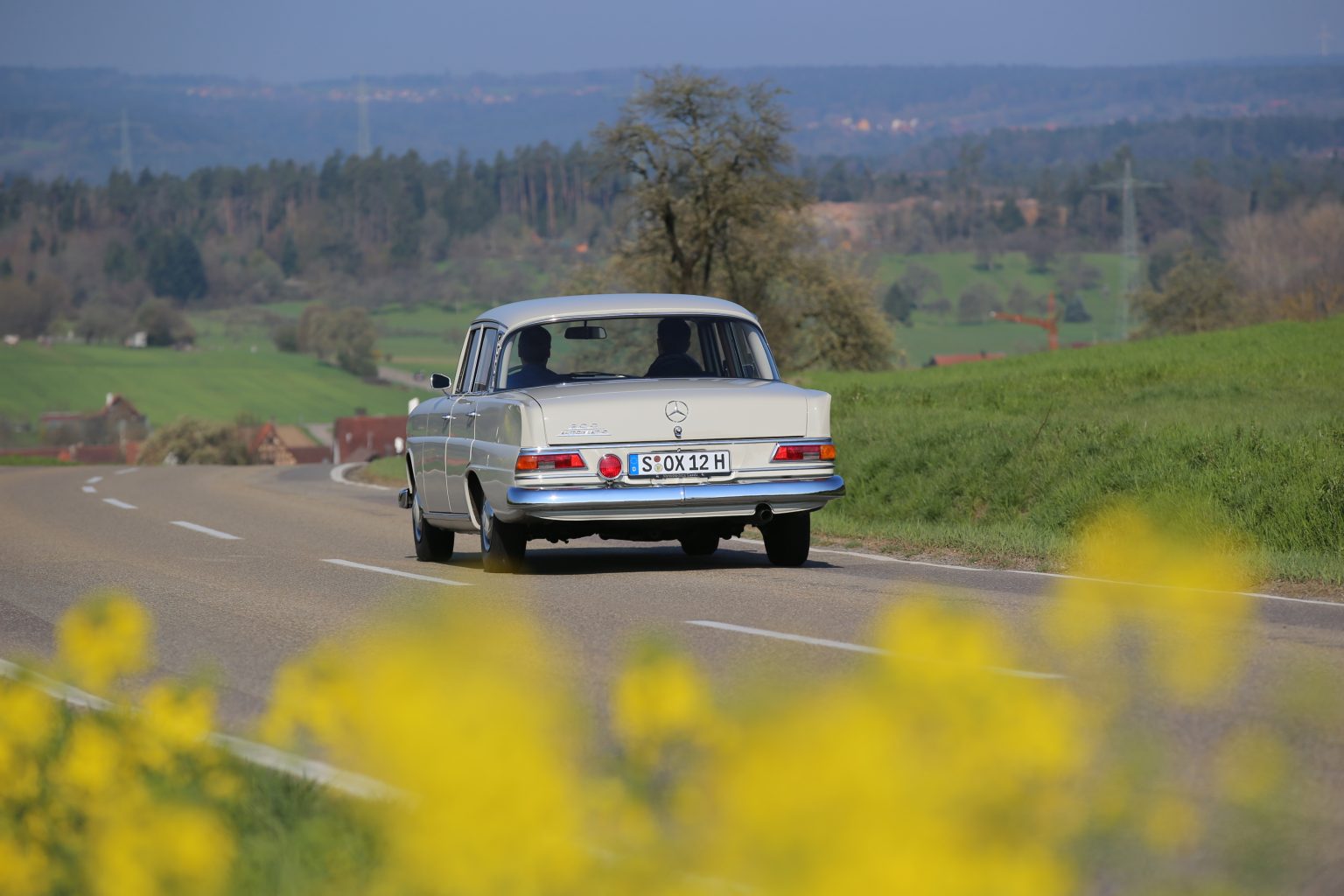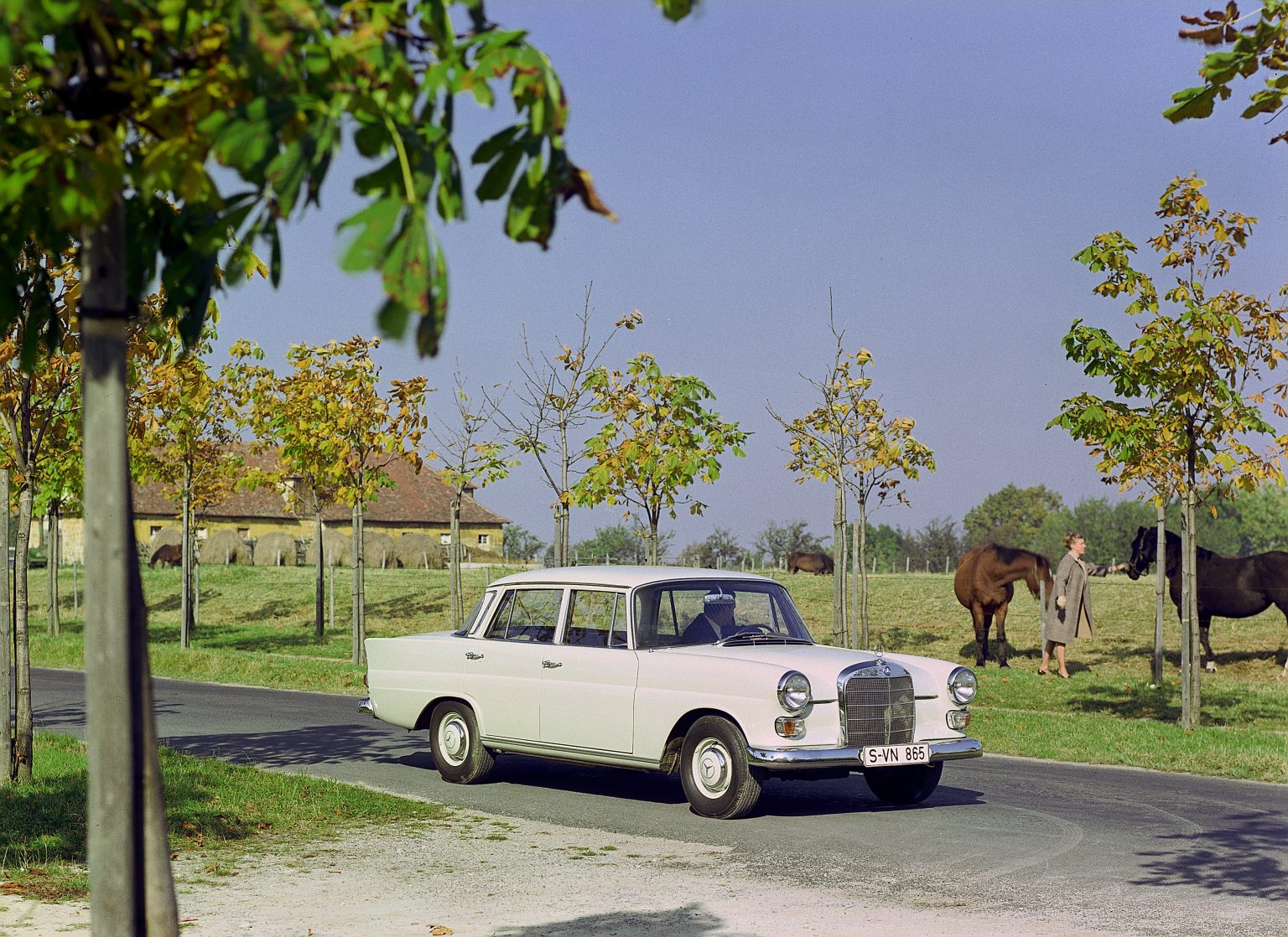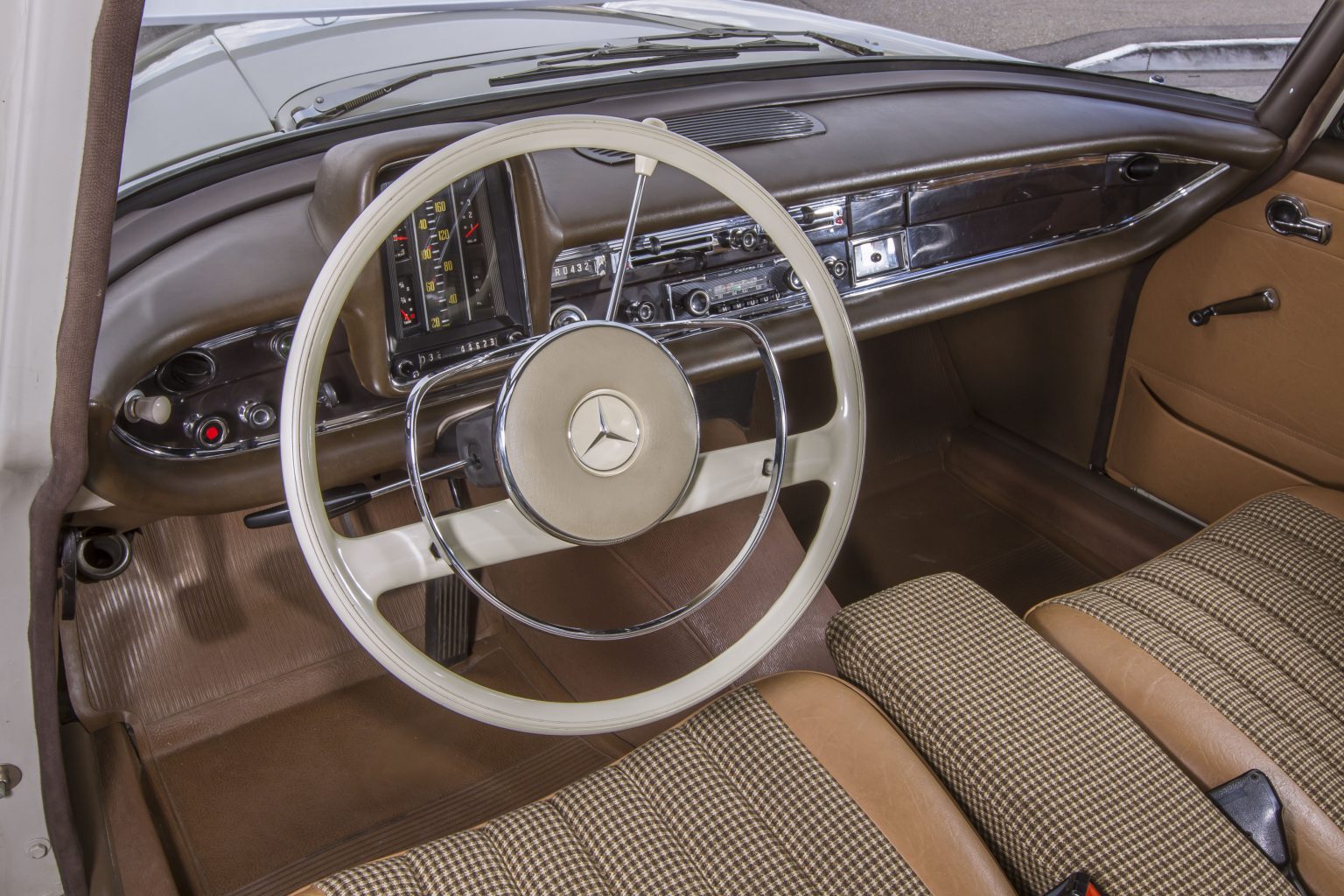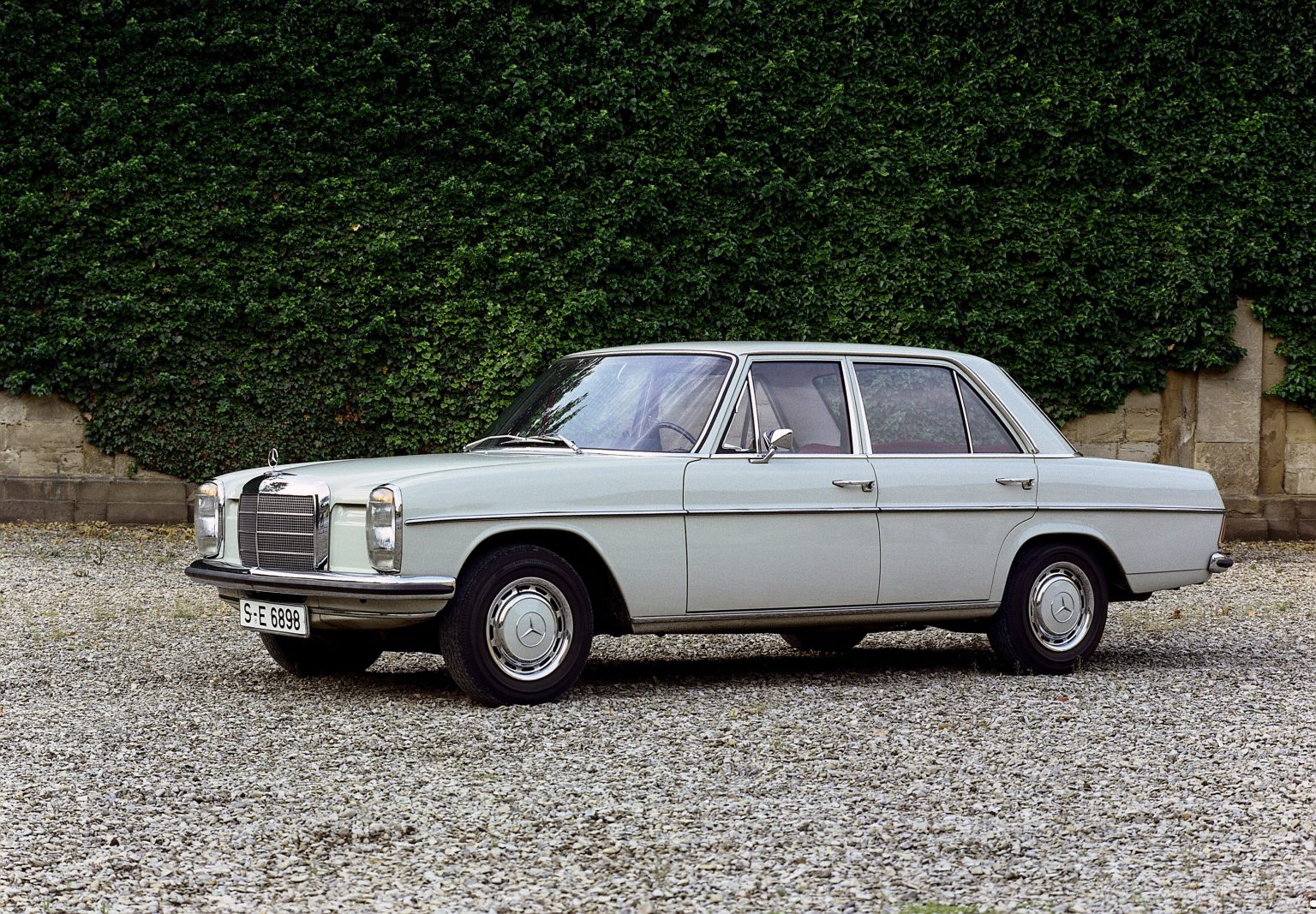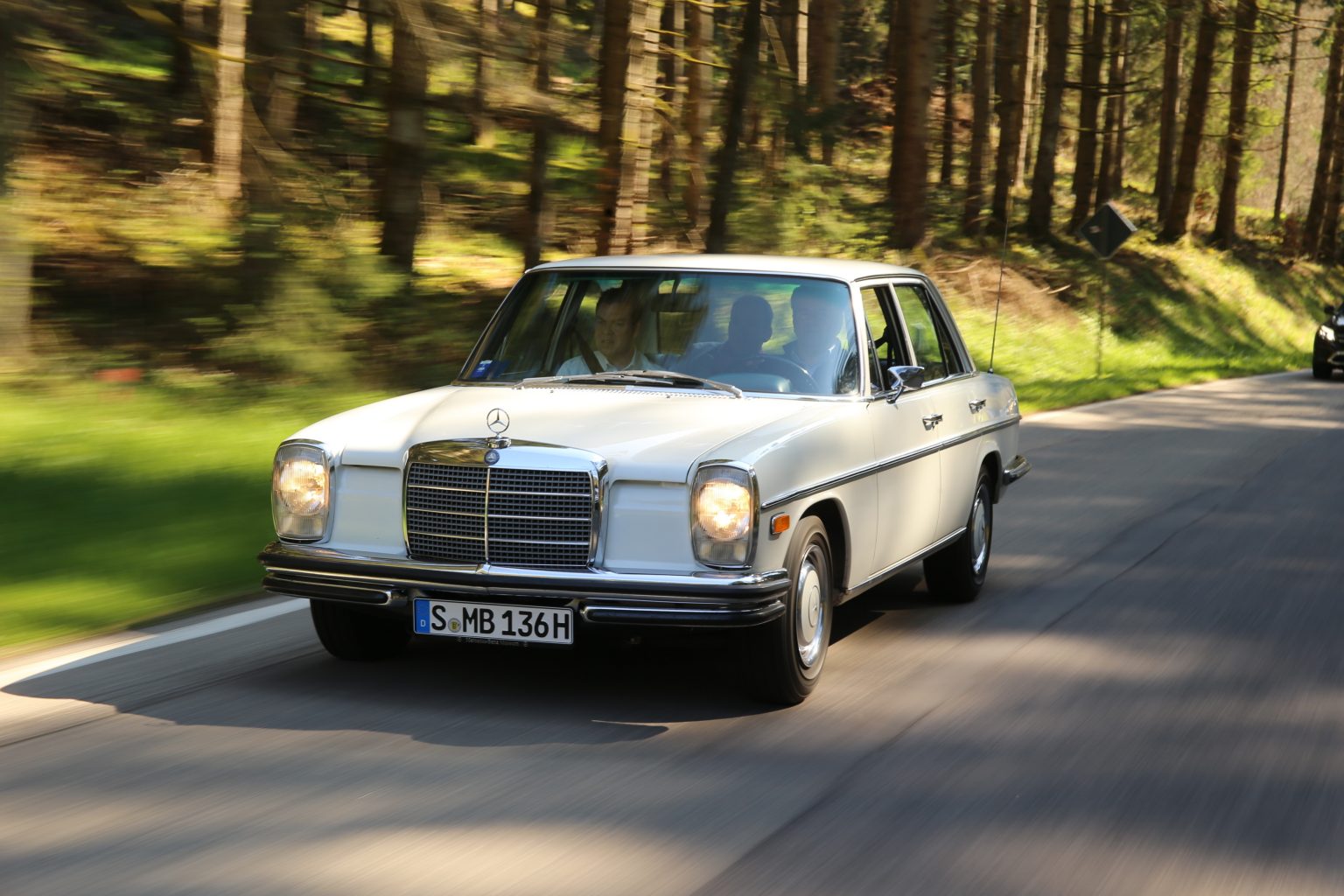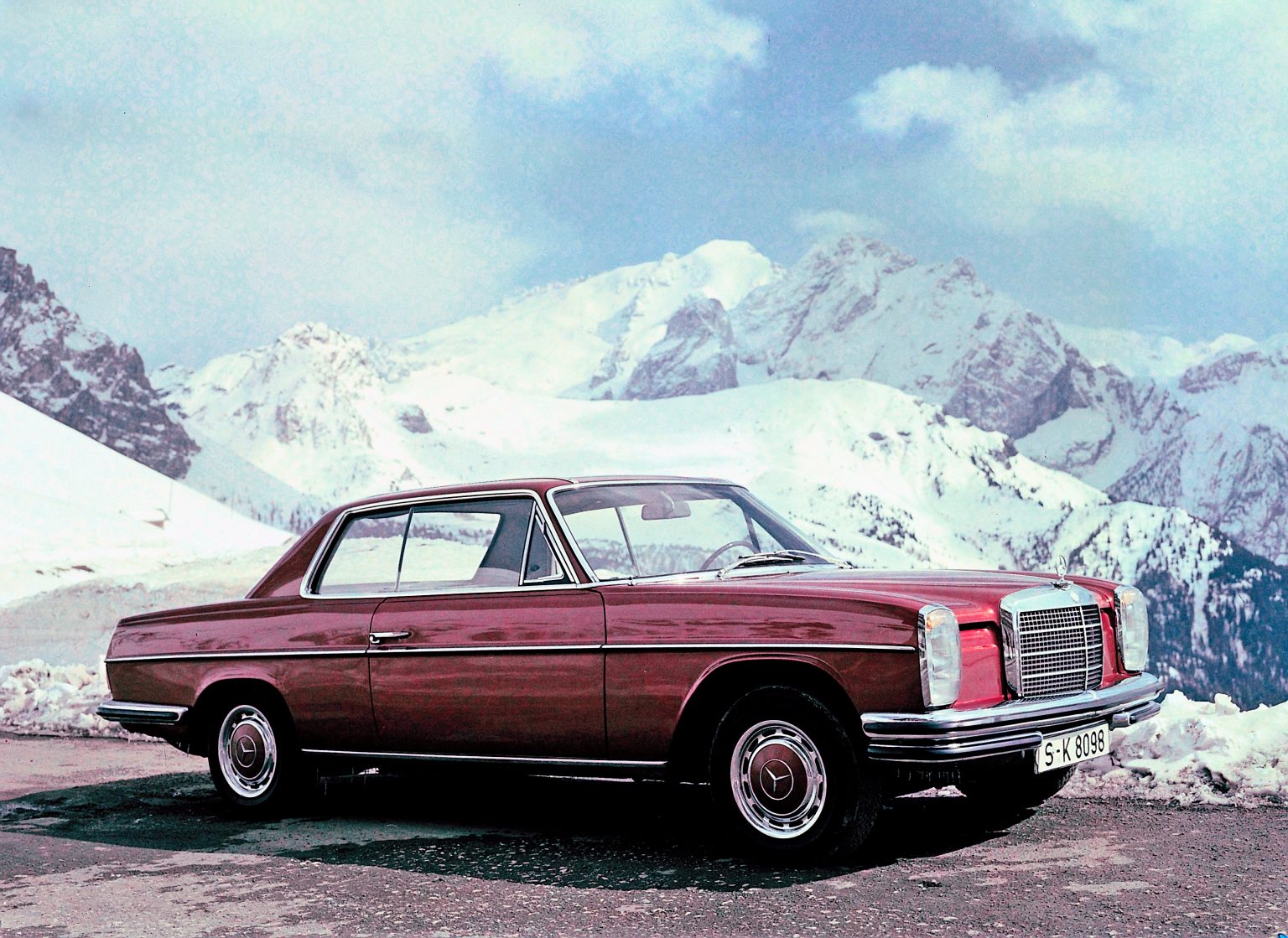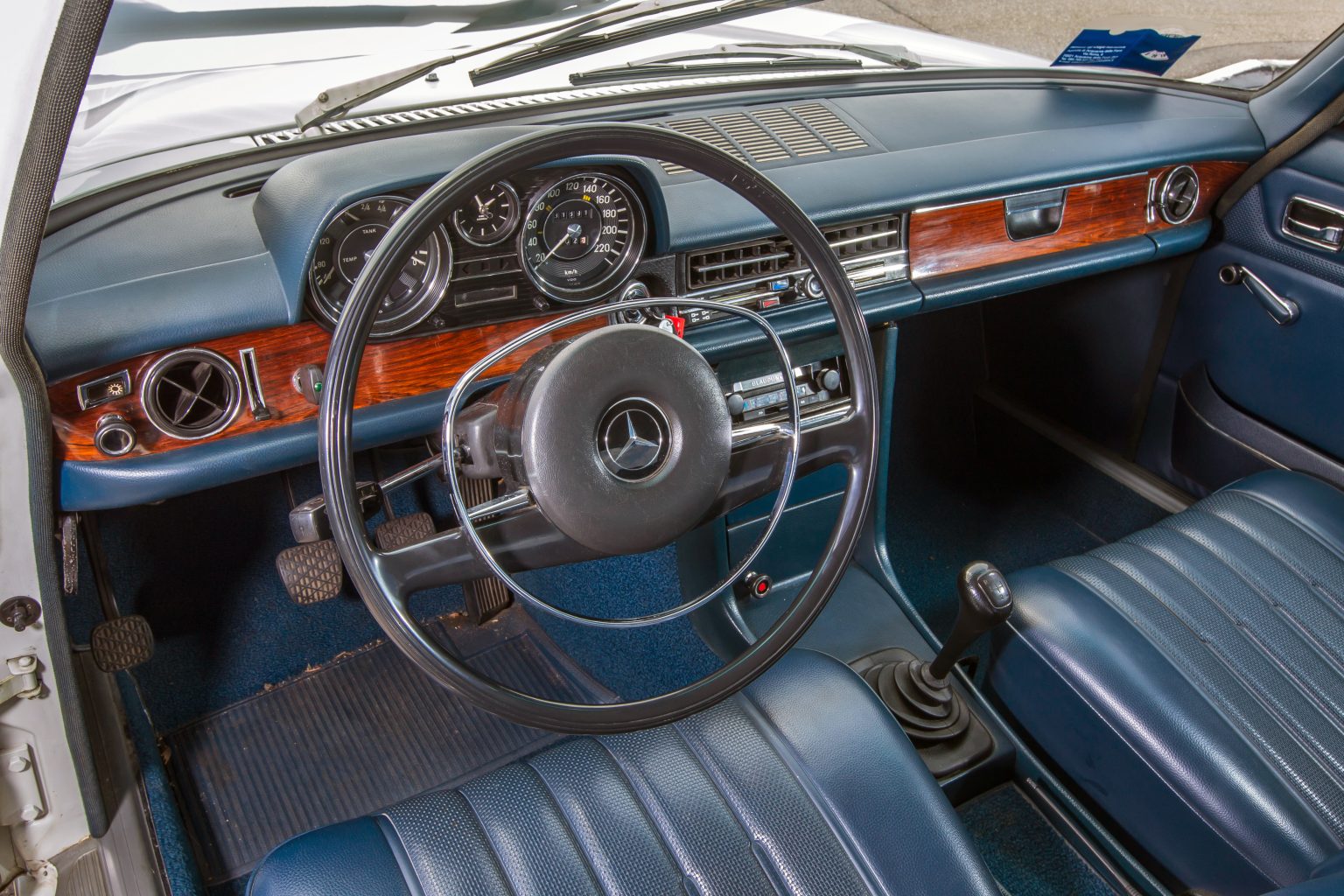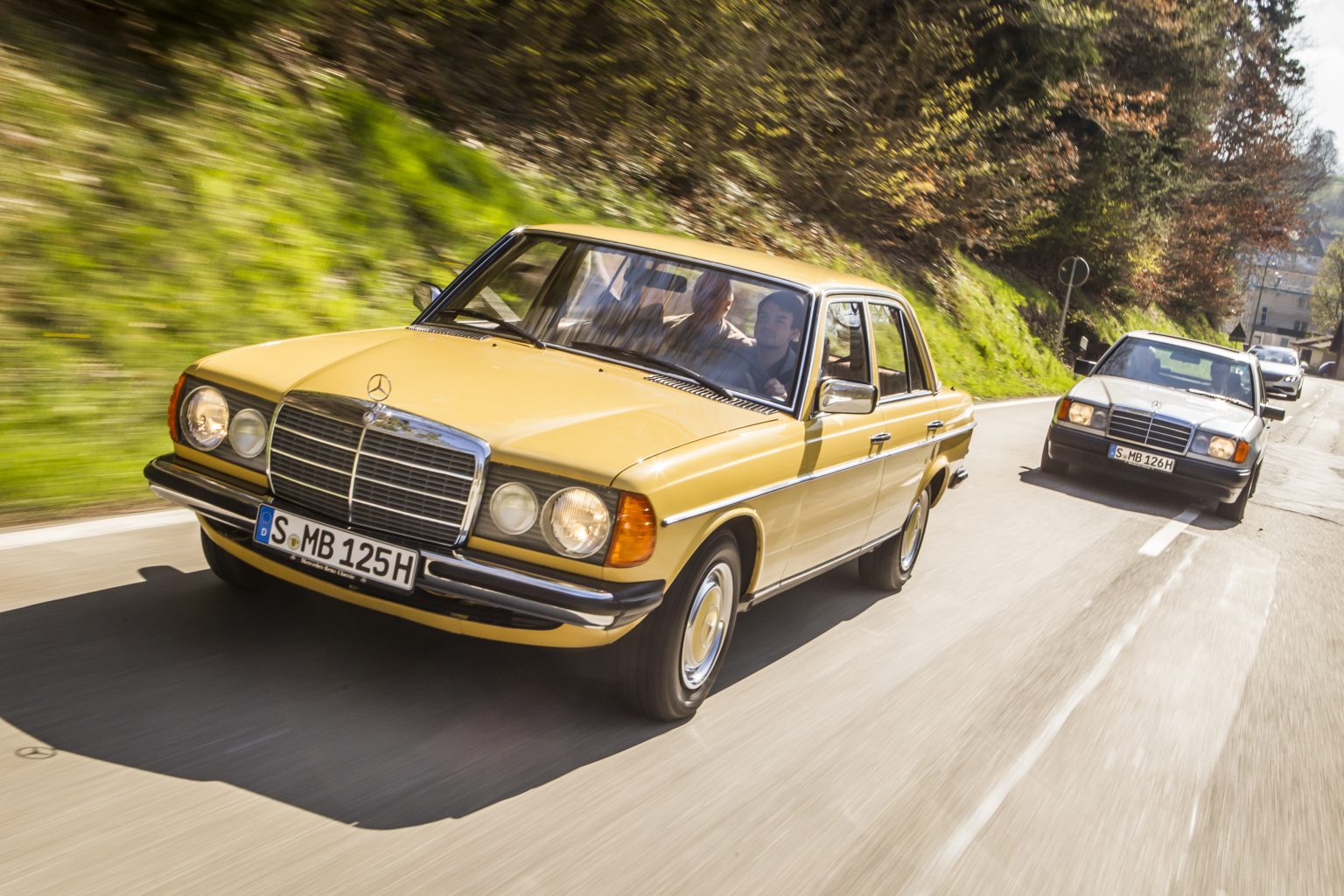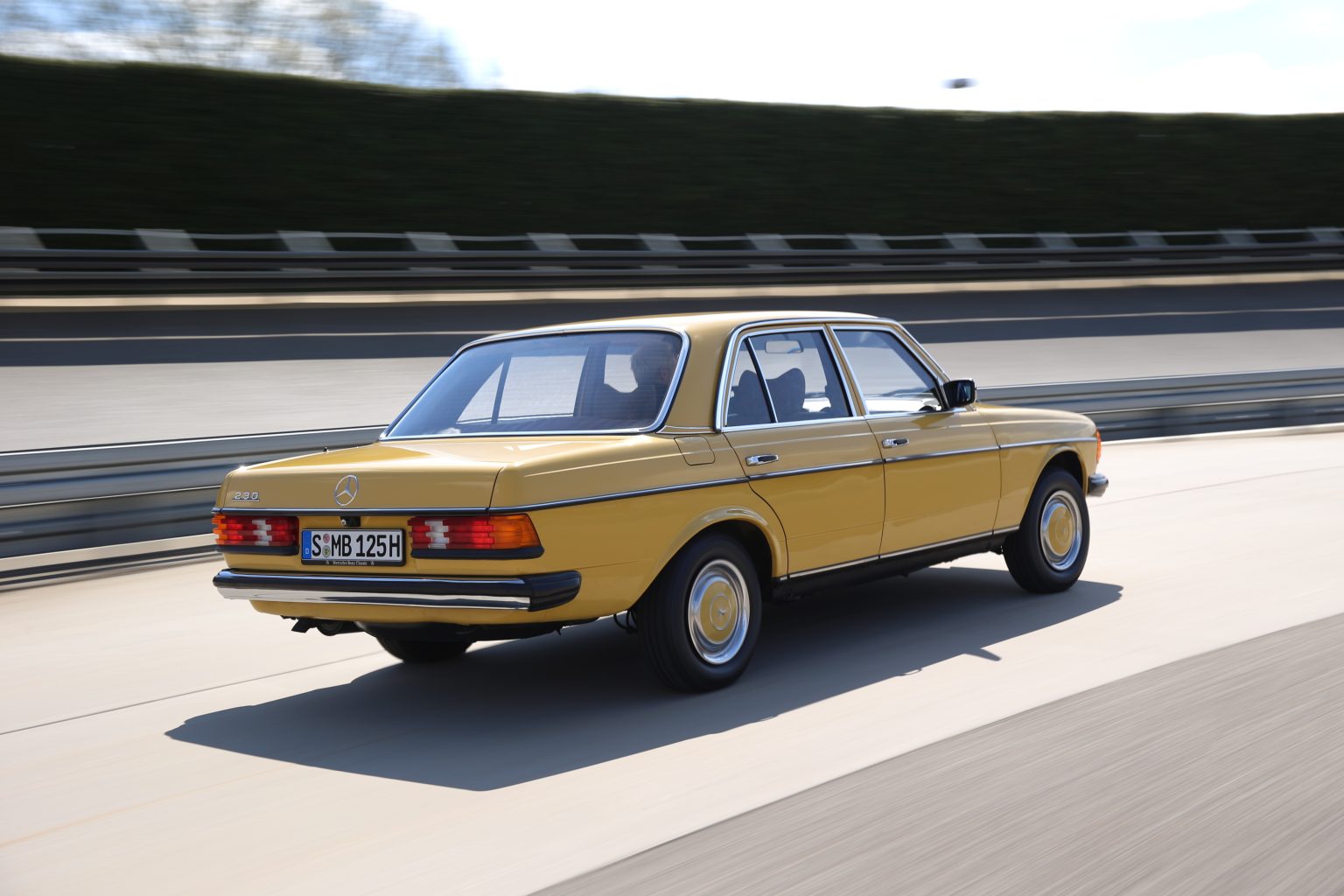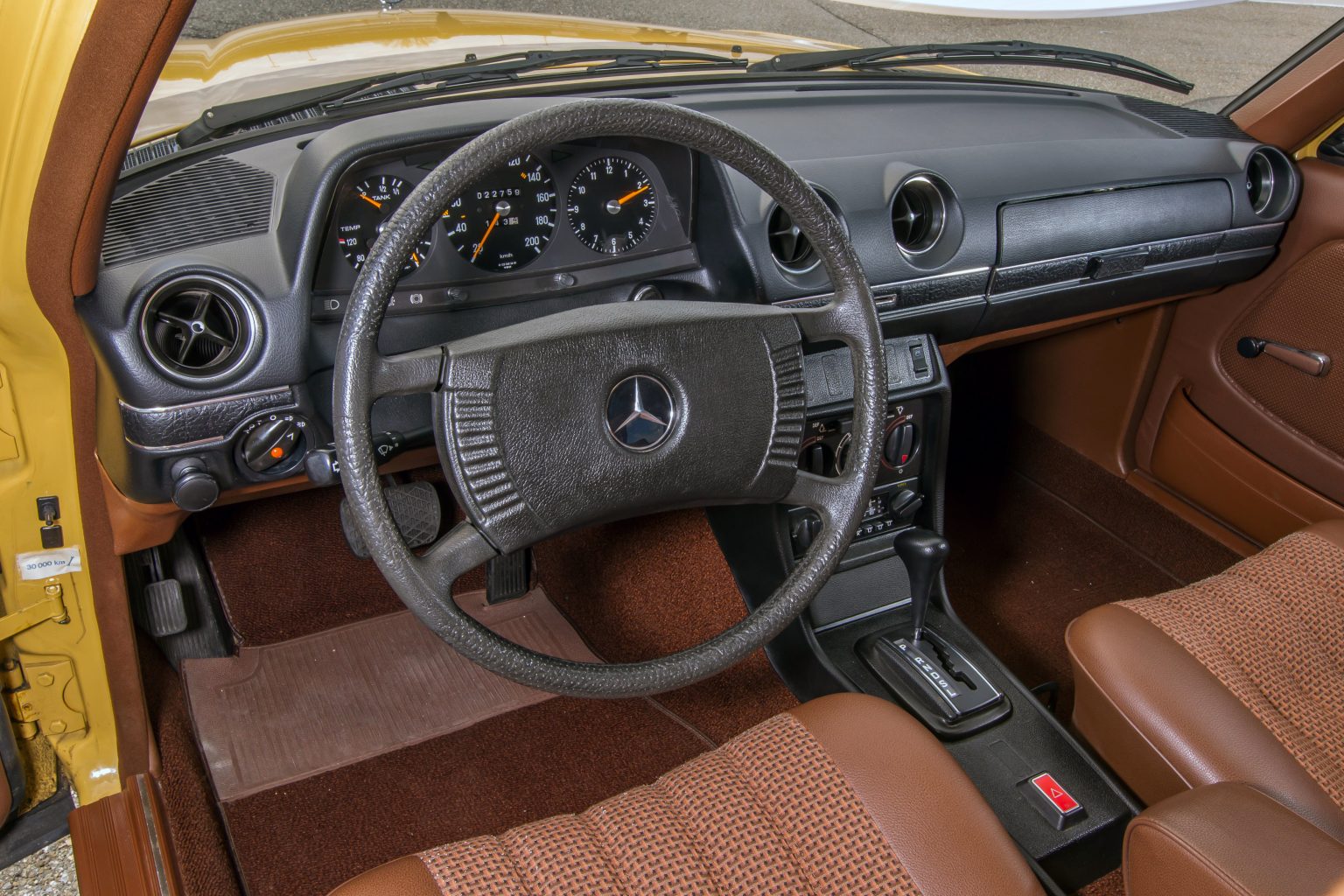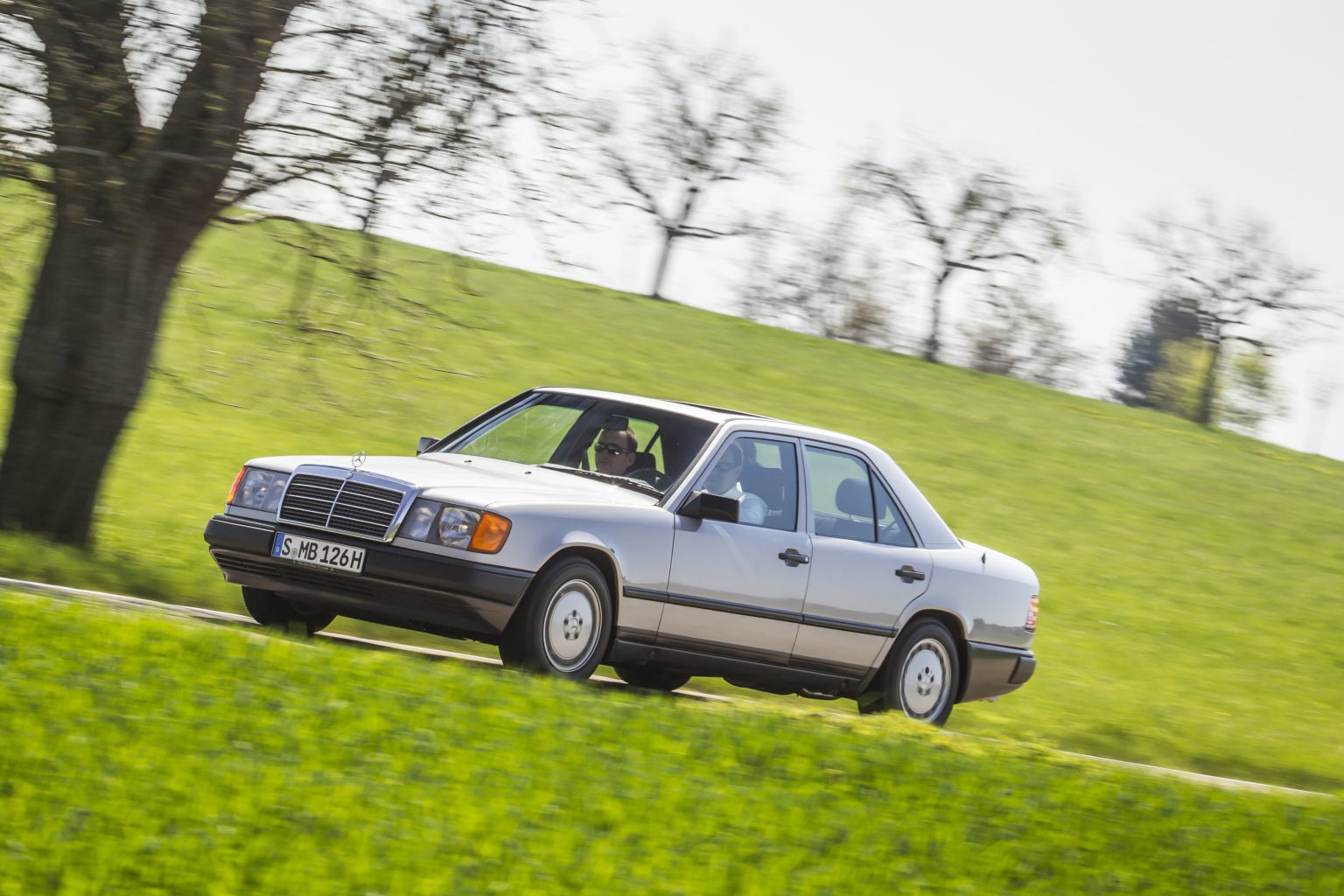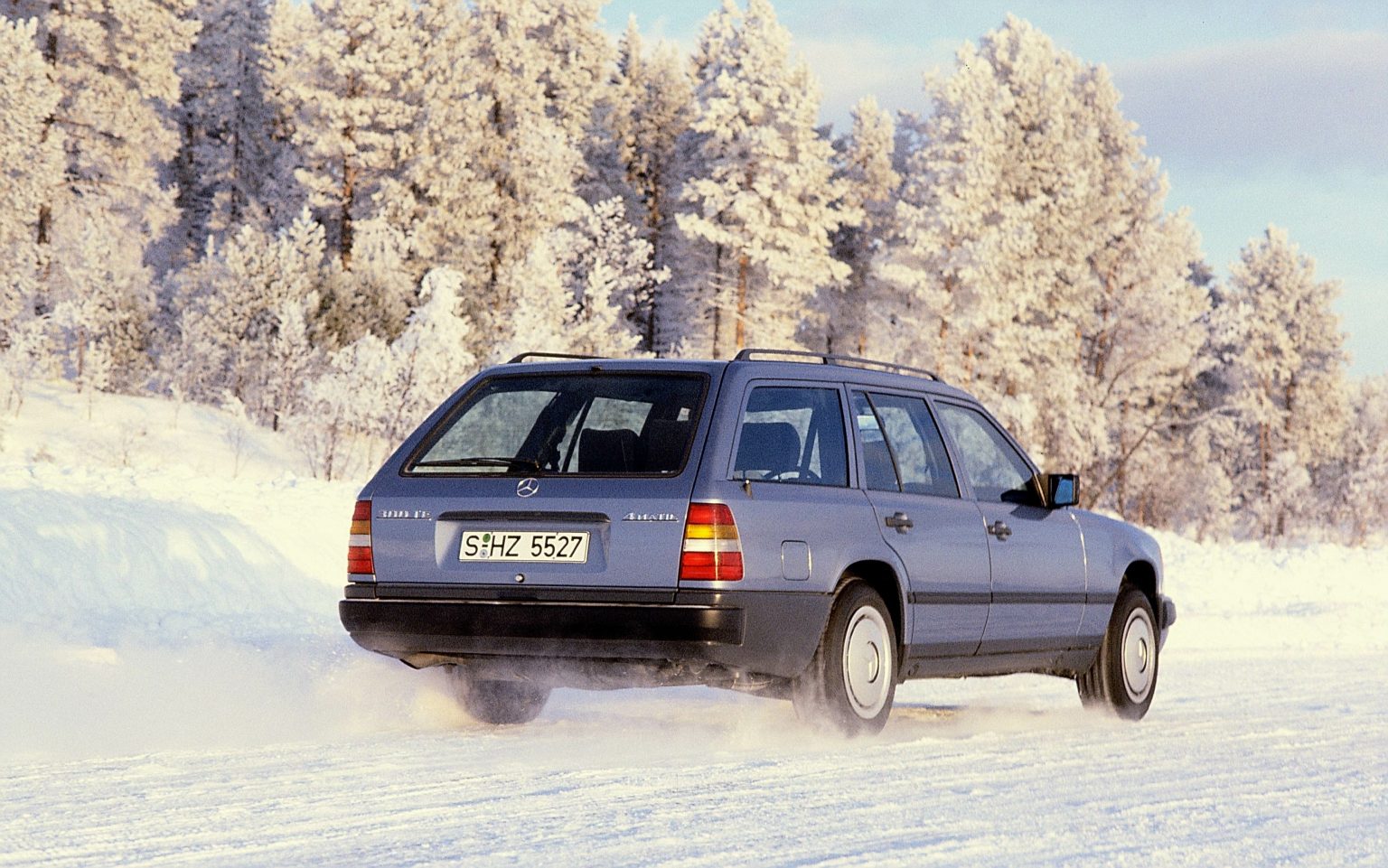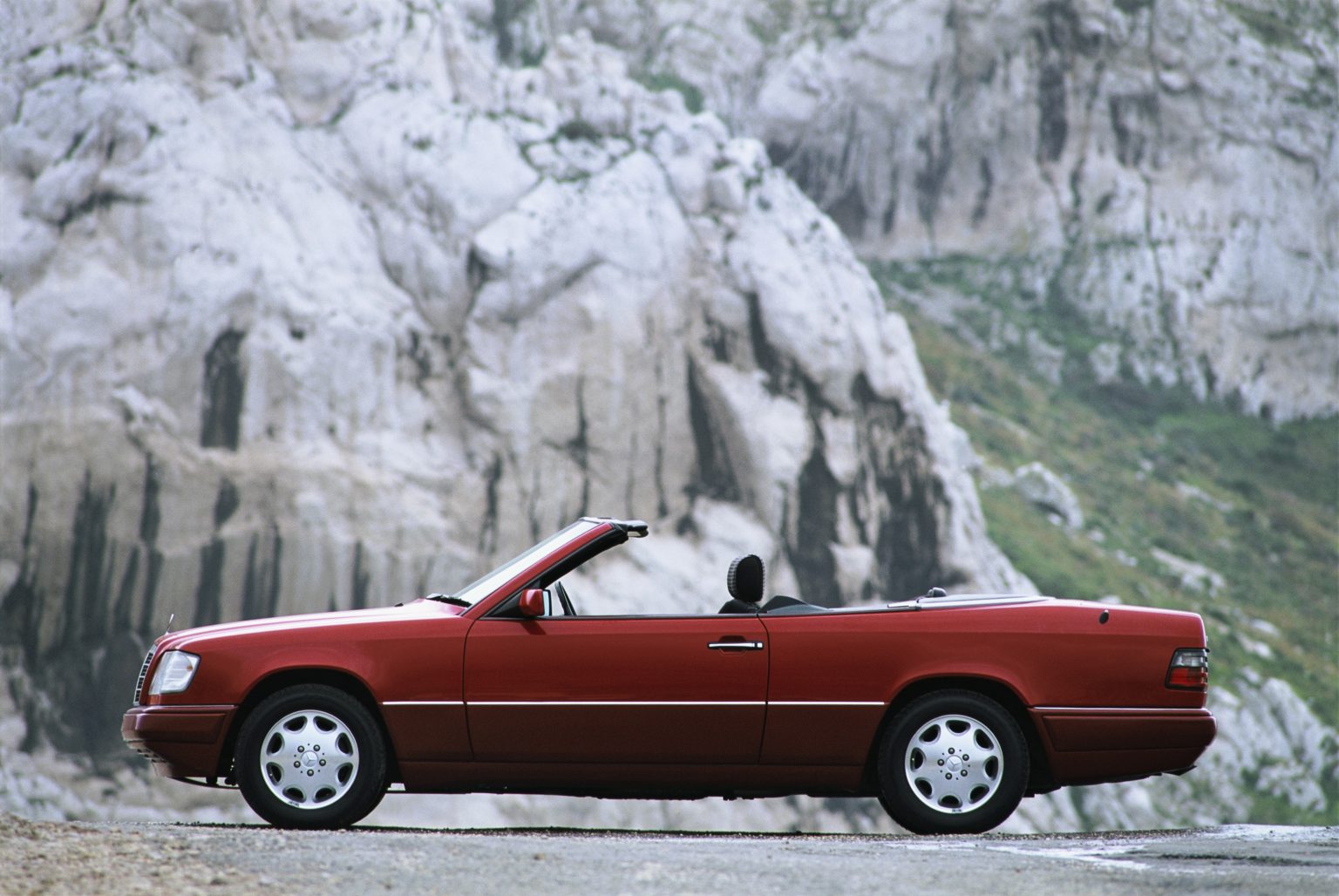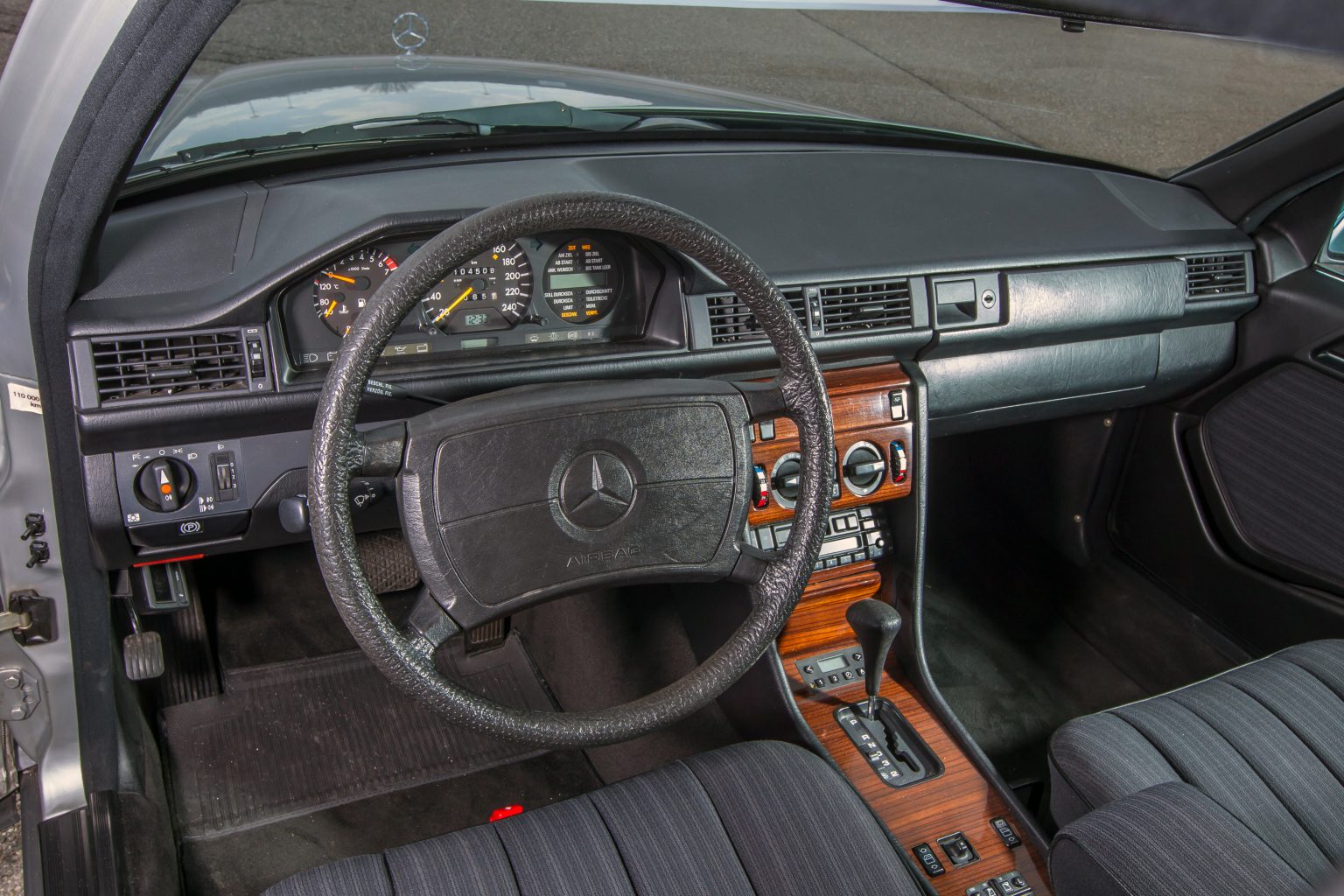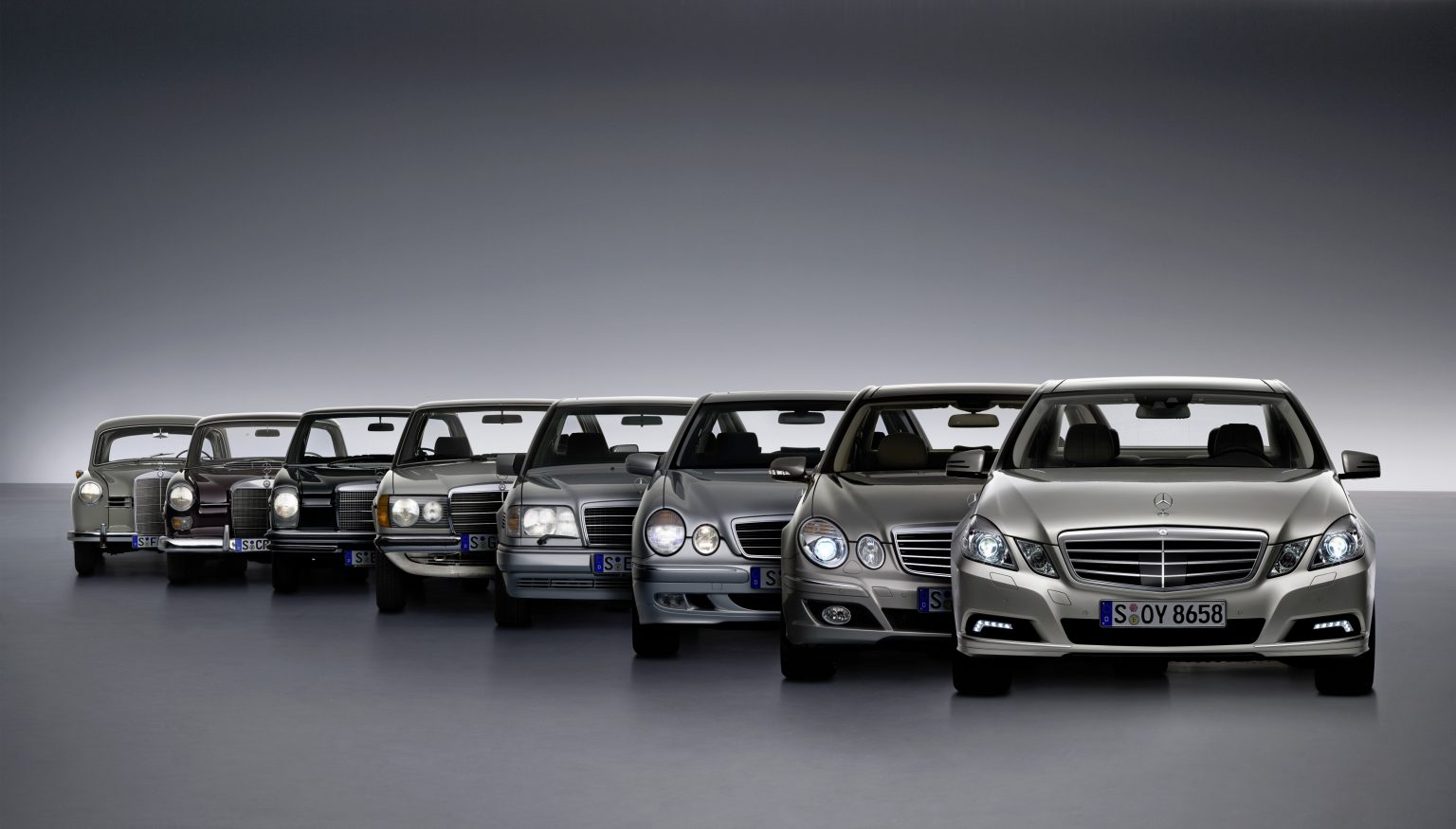
Mercedes-Benz are now on their tenth generation of the E Class. The origins of today’s car comes all the way from 1947 with its immediate predecessors.
This has been a hugely important model for Mercedes as it has sold well across all markets and in many different configurations. It was the desire for something below the large luxury cars, but something bigger and more refined than the smaller offerings that really defined the market segment.
It took Mercedes-Benz until 1993 to announce the E Class name that will be used on their upper mid sized cars towards the end of the W124 Production run. The W210 being the first chassis designation, that entered into production, in 1995 with the name from the start.
This range of cars has had it’s own range of technical innovation away from the S Class. From unitary construction, to suspension developments and safety features that would make their way through the rest of the range.
It doesn’t look like the E class is going anywhere soon either. It still underpinned a variety of different vehicles and offers a blend of luxury and refinement with an upper mid sized car. However, like all cars the current generation is quite a bit larger than the old ones.
We’ve take a look at the earlier days of the E Class here at Jalopy. After all we’re interested in the classics.





